‘Who Dat!’ It’s been the catch-cry of proud New Orleanians for over a hundred years, and it had a resurgence last year after the New Orleans Saints won the superbowl. More than just the game, the win was symbolic of the city’s return and recovery following the devastation of Hurricane Katrina. ‘Who dat say they gonna beat dem Saints?’
For us though, this journey through the many sights and sounds of New Orleans was very much about food and music – a discovery of good ole southern Creole and Cajun cuisine to a soundtrack of jazz and blues!
The tough background of New Orleans has created survivors; the city has a long history of overcoming adversity and I couldn’t help but feel that it’s not only made the people stronger, it’s given them a real joie de vivre. I’m not just talking about the storms either (of which there have been some giants in addition to Katrina). Yellow fever outbreaks, civil war, slavery, the dreaded English, who tried and failed to take possession of New Orleans…even Napoleon nearly ending up living here after selling the state of Louisiana to the US government in 1803 for about 15 million bucks.
While Napoleon ultimately didn’t take up residence during his exile, his name still adorns the famous Napoleon House in the French Quarter, where our food adventure began to the sound of opera (they won’t play anything else, it was the Little Corporal’s favourite) and the taste of Muffaletta, a huge round Sicilian sandwich created by Italian immigrants in New Orleans in the early 1900s. With layers of capicola, salami, pepperoni, emmentale, ham and provolone, it’s epic.
We also tried the famous N’Awlens Gumbo (an interesting roux-based shrimp stew…the jury’s still out on that one); Po-boys (coined in 1929 when, during a four-month strike against the streetcar company, a local restaurant served free sandwiches to the workers who they jokingly referred to as ‘poor boys’); the awesome chargrilled oysters at the ACME Oyster Bar (no entry without queuing at least half an hour); and the unforgettable powdered beignets at Café Du Monde.
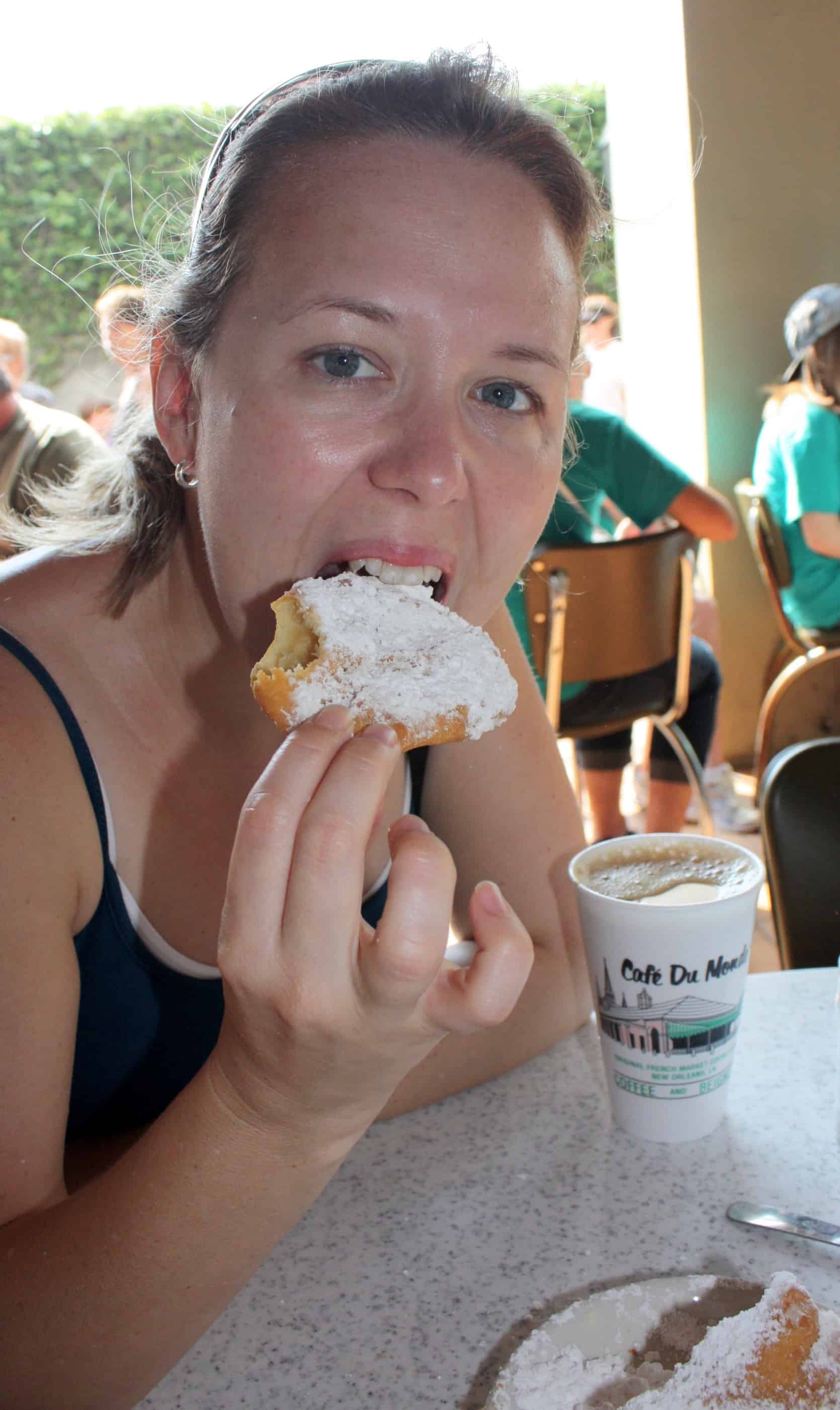
Jambalaya, however, was our highlight. A typical Cajun one pot dish, Jambalaya is a bit like a Southern paella with rice, chicken, smoked sausage, peppers, onions, vegetables, tomatoes and seafood….we’d struck gold. It became a bit of a staple for the rest of our stay.
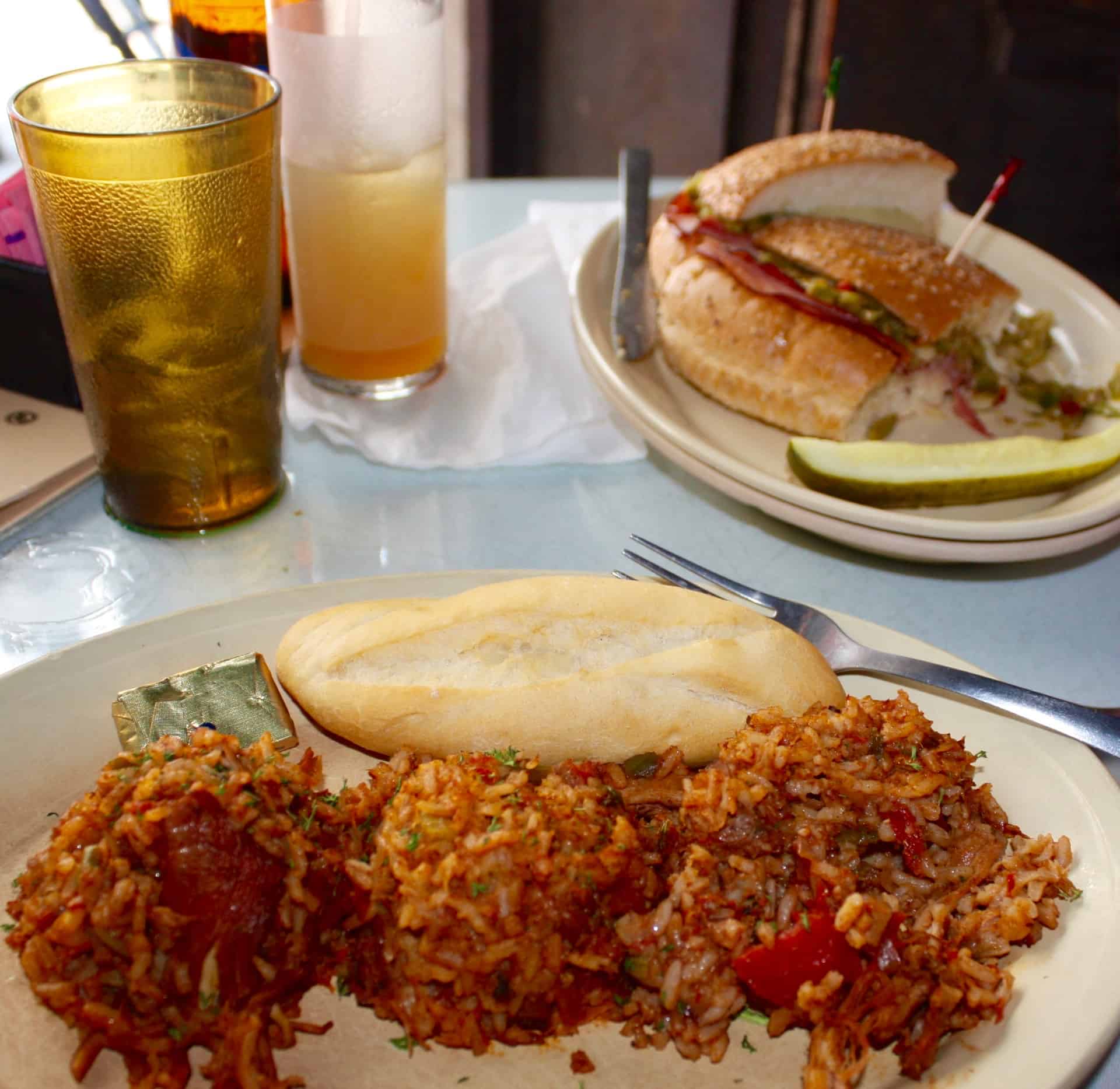
You would have thought with all this food, we wouldn’t have had time to drag our ever expanding backsides out to see any live music, but thankfully we did. And while we had some forgettable experiences along manic Bourbon Street with its array of crooners, pretenders and cover bands, we did venture across to the Palm Court Jazz Café where we were carried away by the awesome tunes and sheer enthusiasm and joy that the band brought to the stage.
We thought that was just about as good as it gets, but sometimes the simple things are often the best. It turned out that our favourite and most enduring New Orleans memory will be the awesome, energetic and talented street brass bands playing on the corner of Bourbon and Canal streets every night as we were heading back to the hotel .
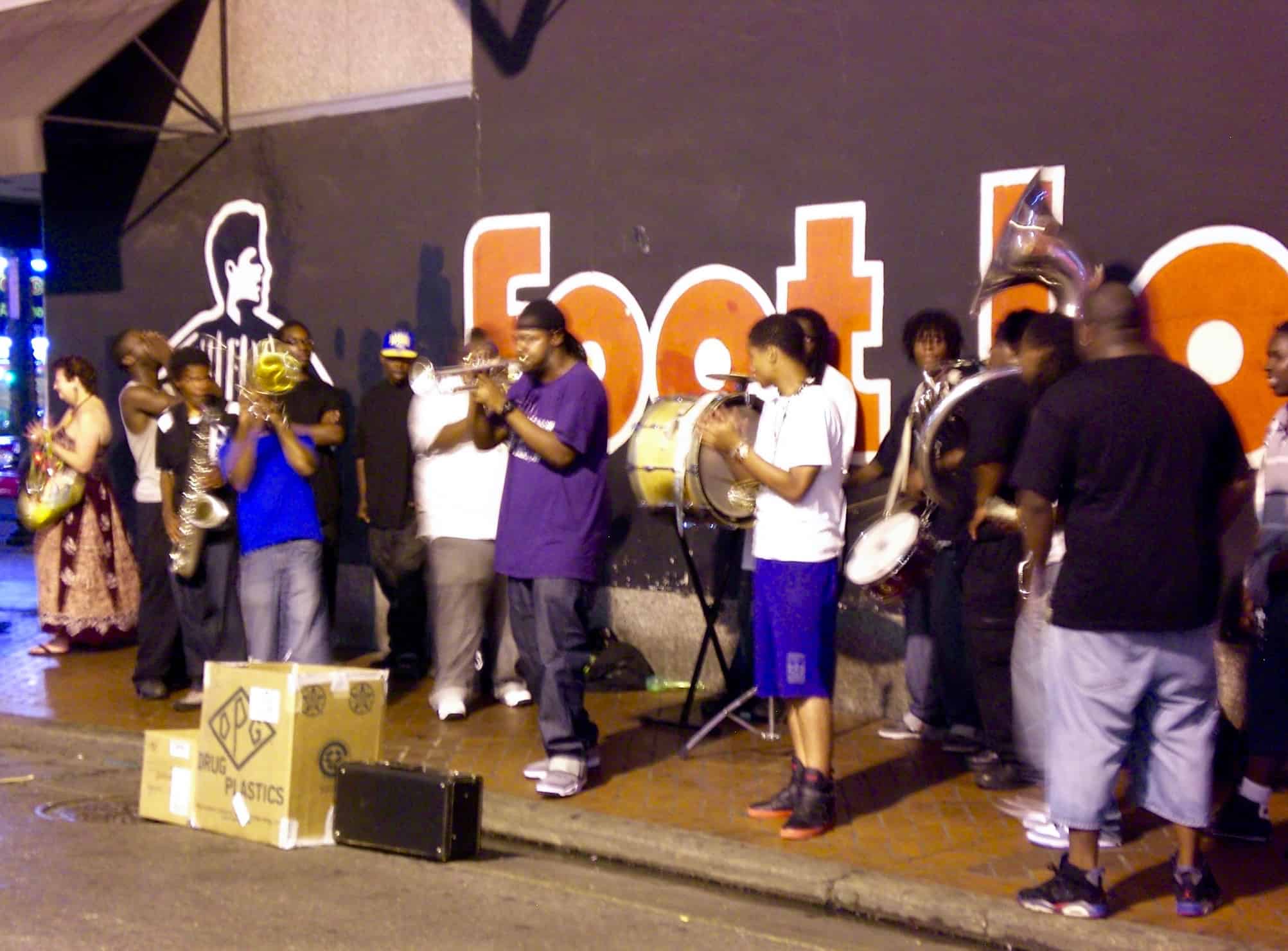
These ‘teams’ of ten to fifteen were just amazing, a magnet for people walking past, who couldn’t help but stop and twitch or break into dance . . . . there were so many layers and stories within the music, trumpets facing off against each other, tubas rocking the ground beneath us . . . . it was magic!
In between the eating and toe-tapping, we walked the city from end to end, joining a guided tour through the historic French Quarter, tramming out to the Garden District to admire the huge 19th century mansions, and searching out the tombs of voodoo queens on a wacky cemeteries tour.
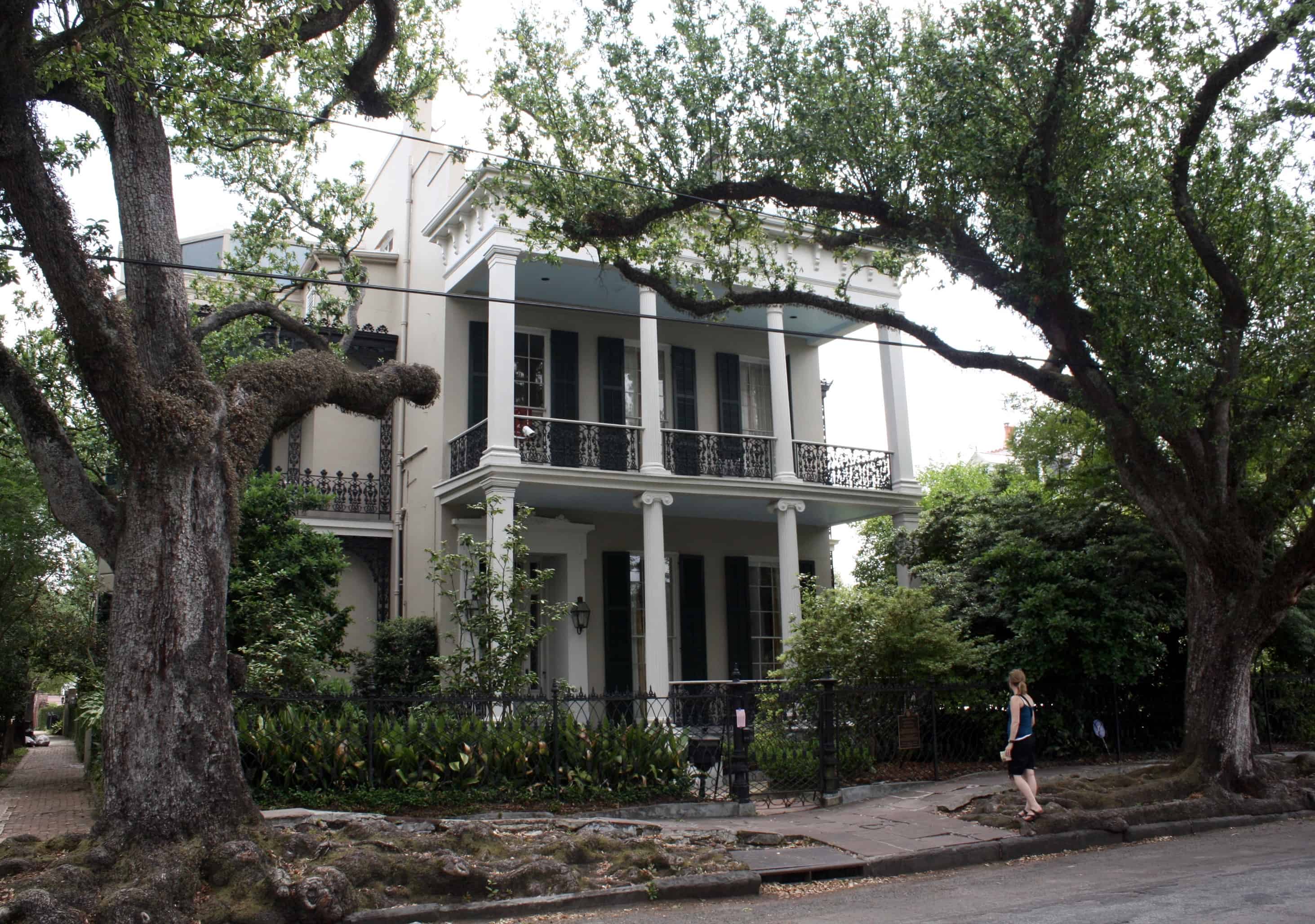
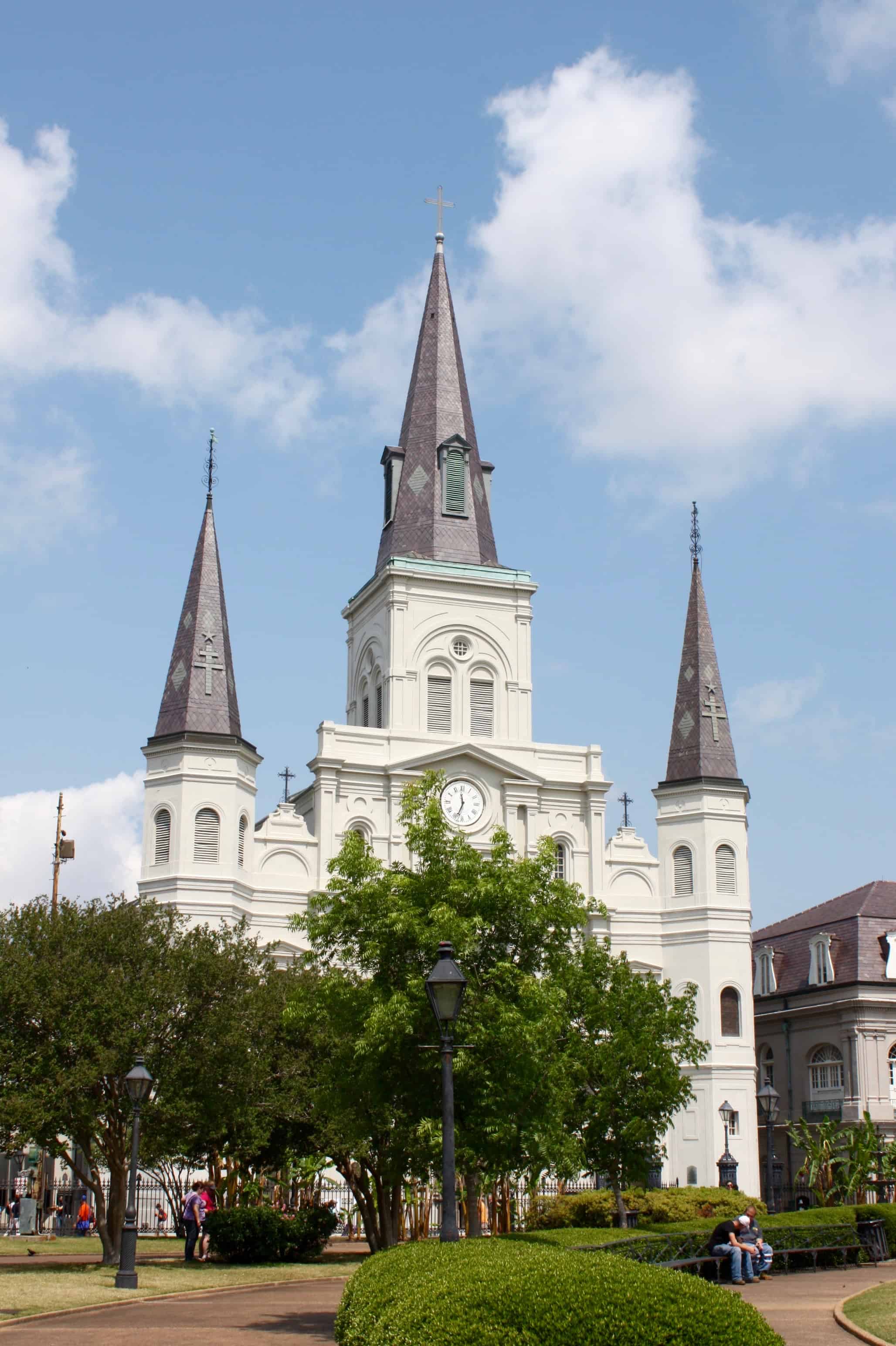
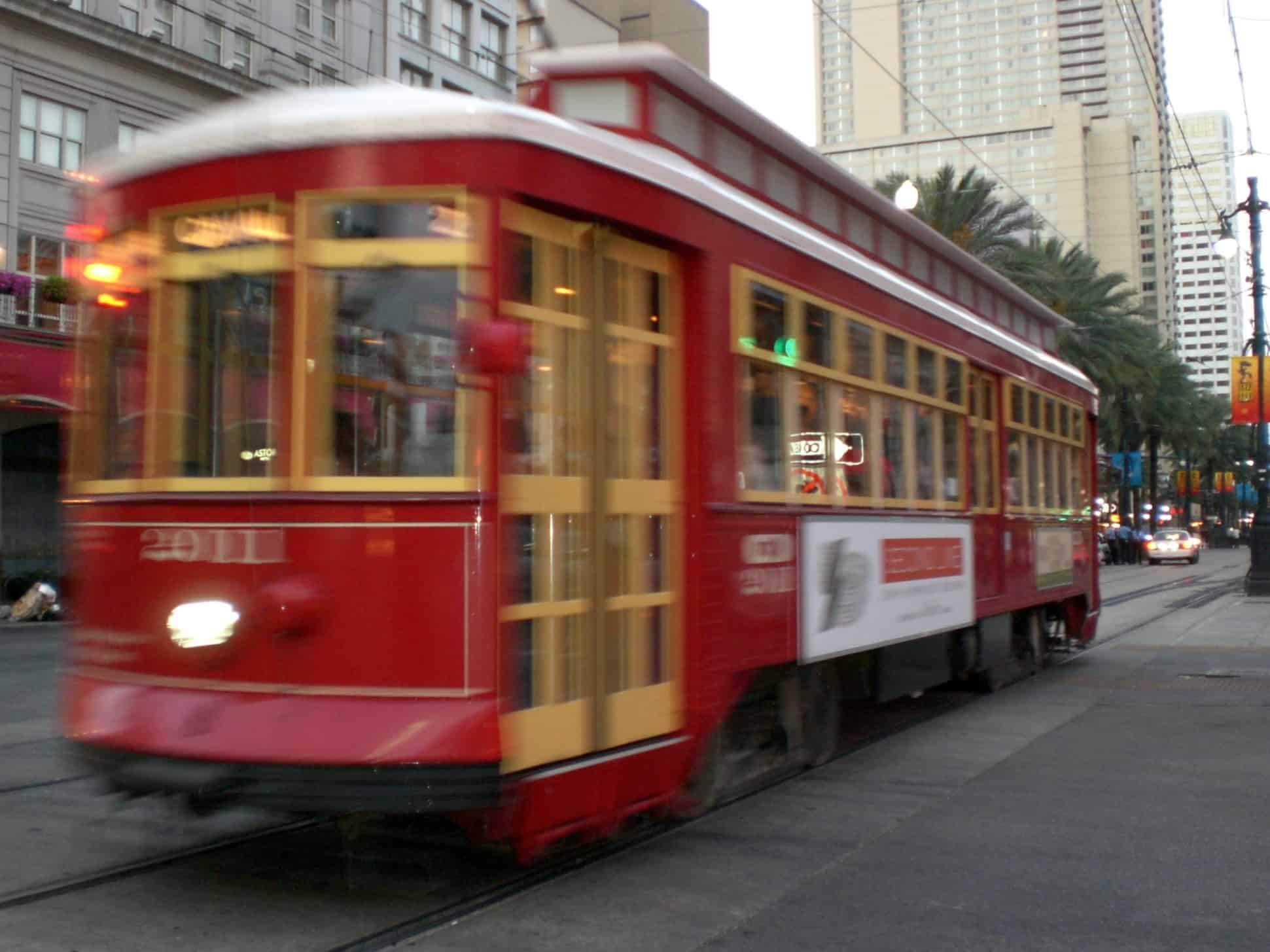
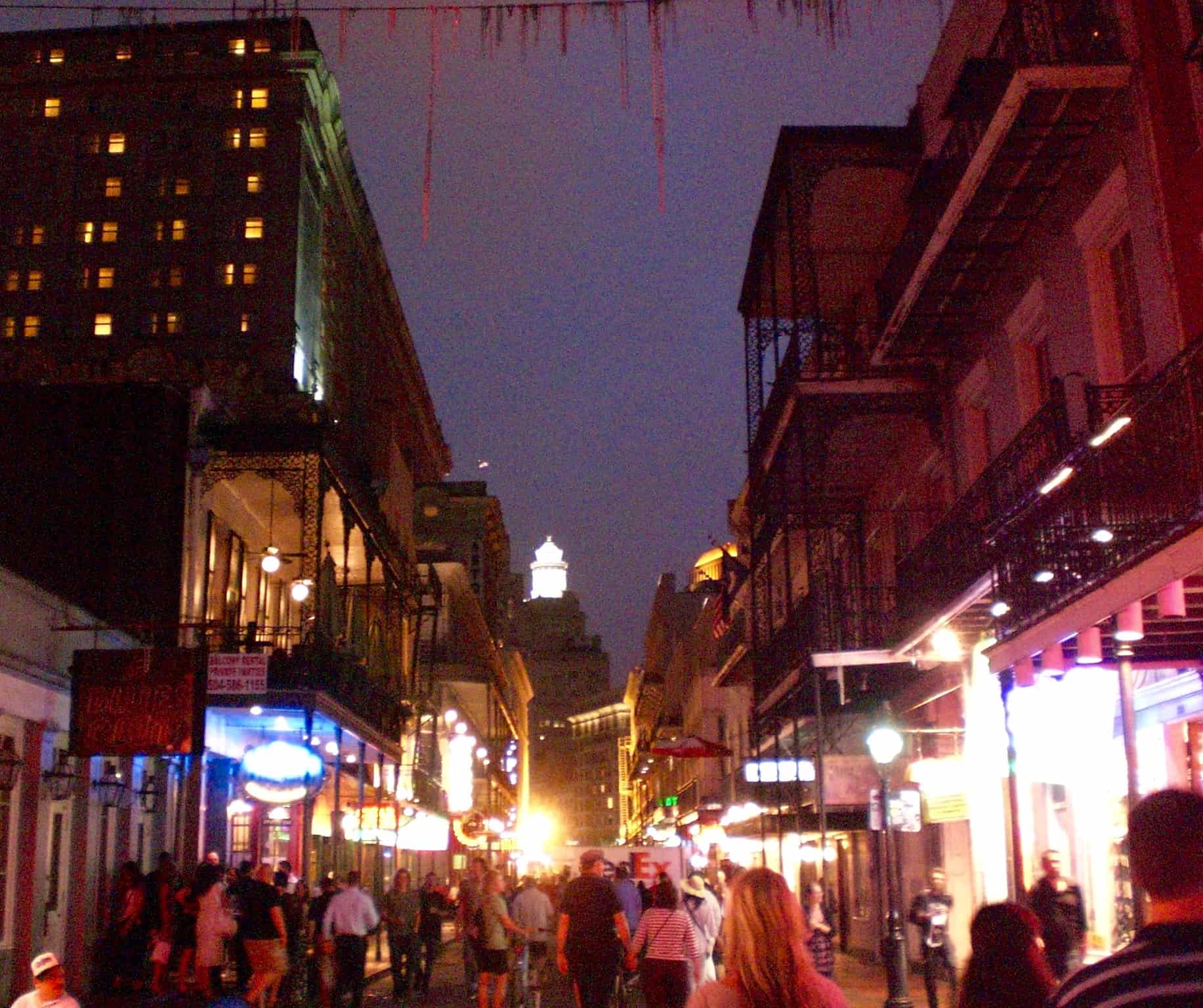
Vibrant and historic, a city of many dimensions.
New Orleans is a city like no other, vibrant, charismatic and multi-layered. We barely scratched the surface. But it tasted and sounded great.
